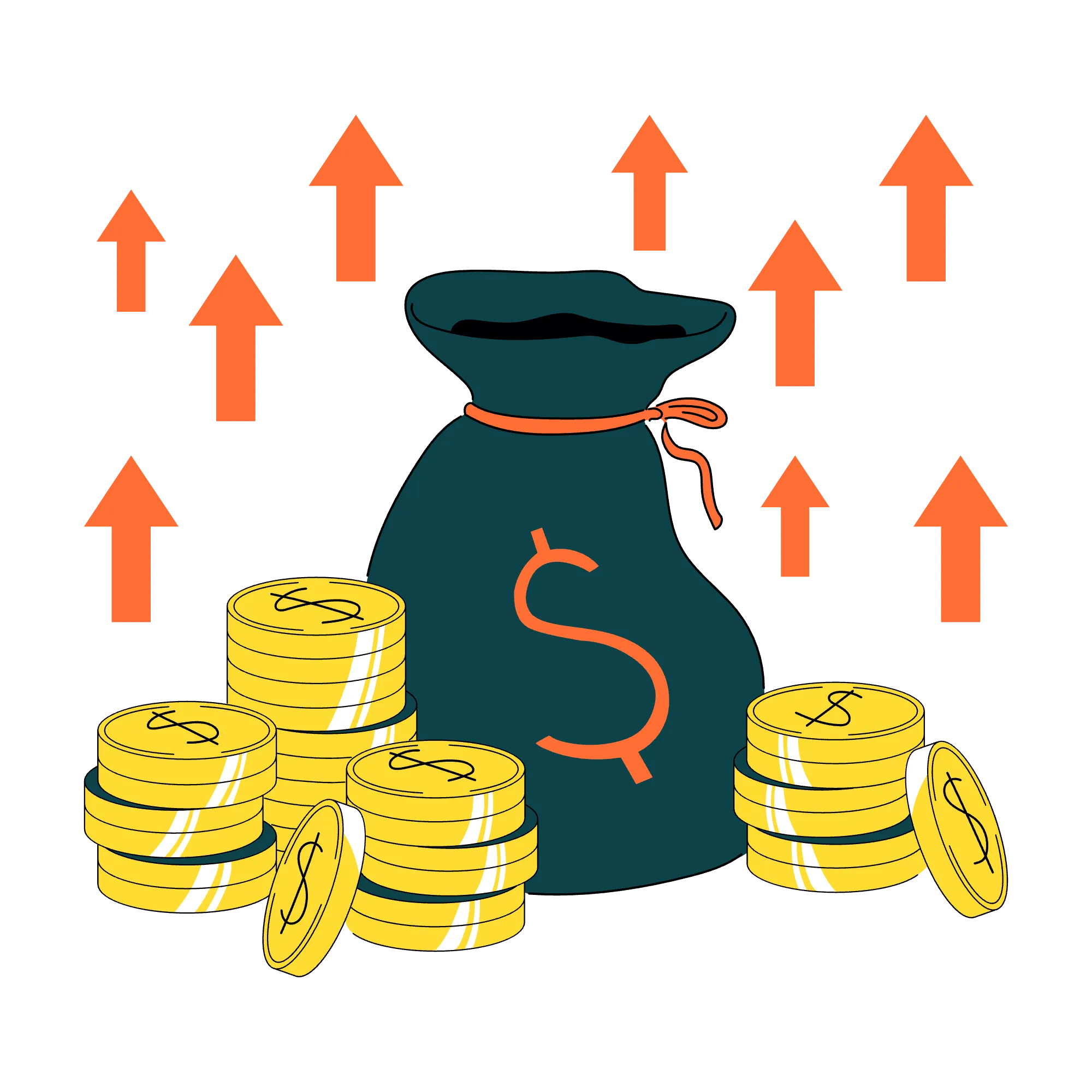Define onboarding milestones and owners, set health signals and alerts, and run a simple weekly review that catches risk early, proves value delivered, and keeps customers for longer.

It’s easy to focus all your energy on acquisition, but the real growth often comes from keeping the customers you already have. For B2B service companies especially, long-term relationships are what drive real stability.
This playbook shows you how to design better customer journeys—from the first handover to long-term engagement. You’ll learn how to build onboarding experiences that reduce confusion, increase confidence and make clients feel taken care of from the start.
The goal is simple. Create an experience that makes customers want to stay. When people feel supported, they’re more likely to keep working with you, refer others and expand over time.
If you want to reduce churn, strengthen trust and improve the value of every account, this is where to start. Marketing plays a key role in retention, and this playbook shows you how to get it right.

Use what you already have. But if you're starting from scratch or want recommendations, these are the tools I use with clients and personally rely on. Consider this a bonus: helpful if you need it, completely optional if you don't.
The books that shaped how I think about growth. Read summaries here, then buy what resonates. Learn from the best thinkers in B2B.
Key concepts and frameworks explained clearly. Quick reference when you need to understand a term, refresh your knowledge, or share with your team.
Topic
Playbook
Calculate the total revenue a customer relationship generates over its entire duration to guide acquisition spending and retention priorities.
Most B2B marketers are either Random Ricks (trying everything) or Specialist Steves (obsessed with one channel). Generalists run tactics without strategy. Specialists hit channel ceilings. But there's a better way.

Tries everything at once. Posts on LinkedIn, runs ads, tweaks the website, chases referrals. Nothing compounds because nothing's consistent. Growth feels chaotic.

Obsessed with one tactic. 'We just need better ads' or 'SEO will fix everything.' Ignores the rest of the system. One strong engine can't carry a broken machine.

Finds the bottleneck. Fixes that first. Then moves to the next weakest link. Builds a system that's predictable, measurable and doesn't need 80-hour weeks.
Learn how she diagnoses bottlenecks, orchestrates the four engines, and drives predictable growth. Choose if you want to read or watch:
Get practical frameworks delivered daily. Seven short emails explain how Sarah diagnoses bottlenecks, orchestrates the four engines, and builds systems that compound.
Free 45-minute video module from the full course. Watch how to diagnose your growth bottleneck and see exactly what the course platform looks like.
Tactical playbooks for every stage of this engine. The playbooks are practical guides for tactical stuff. They complement the (paid) growth framework and help you with the tactics.
Define onboarding milestones and owners, set health signals and alerts, and run a simple weekly review that catches risk early, proves value delivered, and keeps customers for longer.
See playbook
Spot signals that more value is possible, craft add on offers, set triggers for outreach, and track conversion and revenue so expansion becomes a repeatable habit.
See playbook
Retention begins before the ink dries. During closing, confirm the success metric the customer will use at the 30-day mark—reduced workflow time, faster reporting, or a tangible cost saving. Record that figure in your CRM and reference it at every internal hand-off so onboarding aligns to the outcome, not the feature list.
Build a “day-zero” kit that lands within one hour of signature. Include login details, a two-minute setup clip, the first milestone date, and the name plus calendar link of their dedicated contact. Immediate clarity lowers anxiety and frames you as organised and responsive.
Map the first month into weekly checkpoints. Week one verifies access and completes the basic configuration. Week two guides users through one high-value workflow with live support. Week three delivers the first results snapshot—screenshots, numbers, or a short Loom video that shows the gain. Week four runs a retrospective call to celebrate wins, capture blockers, and agree on next objectives. Each checkpoint is logged so progress is visible to both sides.
Quantify value relentlessly. Use before-and-after metrics wherever possible: time on task, error rate, revenue protected. If hard data is slow to emerge, collect quick quotes from power users and share them internally with the client’s sponsor. Early social proof buys patience for the bigger gains still in flight.
Coach for depth, not breadth. Identify two under-used features that directly support the client’s goal and create micro-training sessions—ten-minute calls, annotated GIFs, or in-app tours. Adoption of these features typically predicts renewal and future spend better than total seat count.
Automate gratitude. Trigger a handwritten card or small branded gift when the customer hits their first milestone. Tangible recognition stands out in a digital sea and reinforces partnership.
Monitor health signals weekly: logins, feature usage, support tickets, NPS comments, executive engagement. Colour-code accounts so customer success knows where to intervene before frustration becomes churn.
Finally, plan the expansion conversation only after demonstrated success. Present a brief ROI recap, propose the next logical step aligned to their roadmap, and tie the upsell to further measurable outcomes. When the customer already believes you deliver, the price discussion becomes secondary.